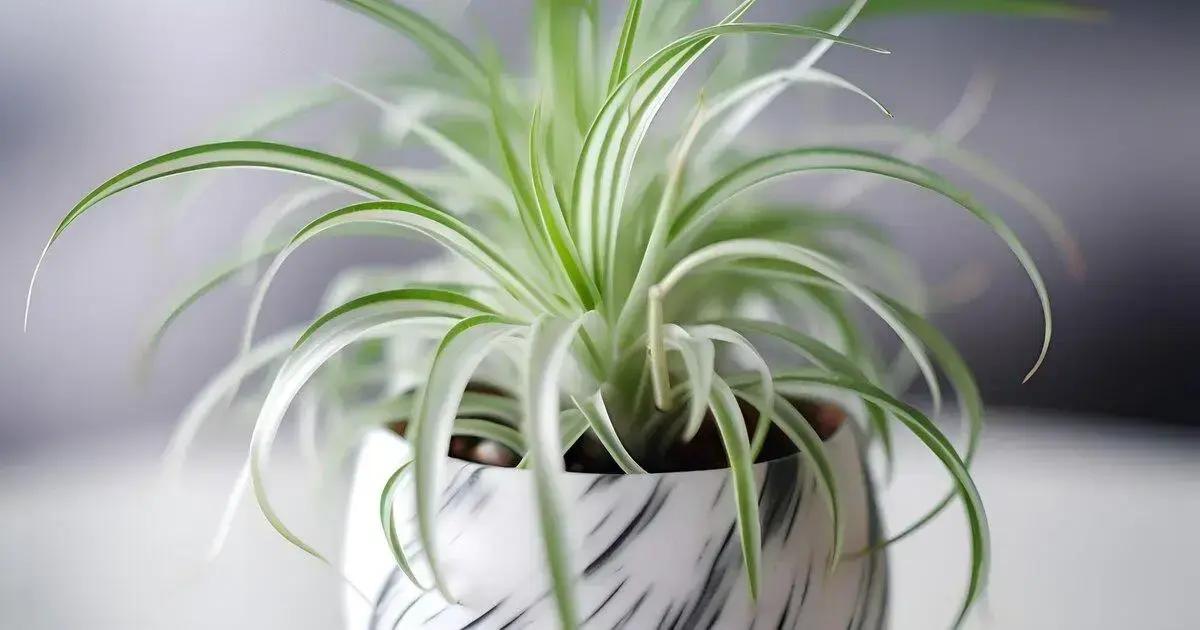How to Care for Tillandsia Air Plants: 5 Expert Tips for Thriving Growth
How to care for tillandsia air plants can be a delightful journey for plant enthusiasts and novices alike. These unique plants offer a captivating charm that transforms any space. However, understanding their specific needs is essential to thrive. In this guide, you’ll uncover all the insider knowledge you need to nurture your air plants successfully.
Table of Contents
ToggleEssential light requirements for tillandsia air plants
Essential light requirements for tillandsia air plants play a crucial role in their overall health and growth. These unique plants thrive on bright, indirect light, which mimics their natural habitat in tropical environments.
To ensure your tillandsia air plants flourish, consider the following critical lighting factors:
- **Light intensity**: Tillandsia air plants prefer bright light, ideally between 12-18 hours per day. Direct sunlight can scorch their leaves, so always provide filtered light.
- **Artificial grow lights**: If natural light is scarce, consider using full-spectrum LED grow lights as an excellent alternative. Place them about 12 inches above the plants.
- **Light rotation**: Rotate your plants every few weeks to ensure all sides receive adequate light, promoting uniform growth.
For those growing air plants indoors, it’s essential to observe their behavior in response to lighting. If the leaves start to turn brown or curl, it may indicate that the light conditions are not ideal.
Tips for monitoring light exposure
- **Observe growth patterns**: Healthy tillandsia plants will exhibit vibrant colors and new growth.
- **Check moisture levels**: Proper lighting aids in evapotranspiration, which impacts their watering needs.
- **Use a light meter**: Consider investing in a light meter to measure the intensity and duration of light your plants receive.
It’s important to remember that not all air plants require the same light conditions. For example, the Tillandsia xerographica can tolerate more direct sun than other species.
In conclusion, recognizing the essential light requirements for tillandsia air plants will significantly enhance their growth, leading to a healthy, vibrant display in your home.
How to water air plants effectively

How to water air plants effectively is crucial for their health and longevity. These unique plants require a different watering approach than traditional houseplants, making it essential to understand their specific needs.
When it comes to watering your tillandsia air plants, follow these steps:
Best practices for watering air plants
- Soaking method: Soak your air plants in room temperature water for about 20-30 minutes once a week.
- Spraying option: If you prefer misting, spray the plants thoroughly 2-3 times a week, ensuring all leaves are moistened.
- Drainage: After soaking or misting, shake off excess water and place the plants upside down in a well-ventilated area to dry completely. This prevents rot.
Be aware of environmental factors like humidity and light exposure as they influence your watering routine. Air plants in higher humidity environments may require less frequent watering.
Common watering questions answered
- **How can I tell if my air plants need water?** Look for wilted or shriveled leaves, which signal dehydration.
- **Is it safe to use tap water?** Distilled or rainwater is preferred, as tap water may contain chemicals that harm the plants.
- **What if my air plants are in a terrarium?** Water them less often, as terrariums create a humid environment that retains moisture.
For more insights on exploring indoor gardening techniques, consider the specific needs of your air plants and adjust accordingly. By understanding how to water air plants effectively, you can keep them healthy and thriving.
The best humidity and fertilizing tips for healthy growth
The best humidity and fertilizing tips for healthy growth are essential components of caring for tillandsia air plants. These fascinating plants thrive in environments with adequate moisture and nutrients, which can significantly influence their growth and vitality.
When considering humidity and fertilization for your air plants, keep these vital points in mind:
Optimal humidity levels for air plants
- Aim for humidity levels between 40% and 60% for ideal growth.
- During dry seasons or in air-conditioned rooms, boost humidity by placing a tray of water nearby or using a humidifier.
- Regular misting can also help maintain moisture, but ensure plants dry completely to prevent rot.
Understanding the humidity preferences of your air plants helps you create the best environment for them. Some species may tolerate slightly lower humidity, while others may prefer a more humid setup.
Fertilization practices for thriving air plants
Proper fertilizing techniques contribute to the overall health of your tillandsia. Here are some recommendations:
- **Choose the right fertilizer**: Utilize a bromeliad or air plant fertilizer diluted to half strength.
- **Frequency**: Fertilize once every 4-6 weeks during the growing season (spring and summer).
- **Application method**: Apply the fertilizer while soaking or misting your air plants to ensure even distribution.
By maintaining optimal humidity and implementing these fertilization strategies, you will significantly enhance the growth of your air plants. Regular observation of your plants will also help identify any changes or needs.
For additional information on exploring indoor gardening techniques, consider researching different air plant varieties and their specific requirements. Tailoring your humidity and fertilization practices to your unique environment will yield the best results.
In conclusion
Caring for tillandsia air plants requires a thoughtful approach to light, watering, humidity, and fertilization. By understanding and implementing the essential tips discussed, you can create a thriving environment for your air plants. Taking the time to observe their needs will lead to vibrant and healthy growth, enhancing your indoor space.
For additional resources, check out these tips on enhancing your indoor garden that can benefit not only your air plants but all your indoor greenery.

